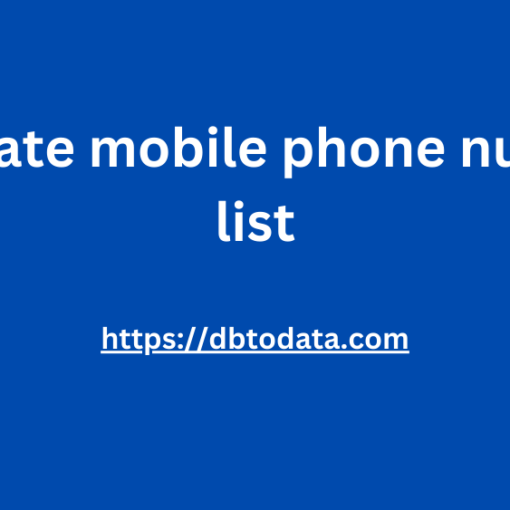The digital world is changing rapidly under the influence of new trends and algorithms. Commercial web resources have to change along with it. To achieve success on the Internet and successfully maintain an online presence, you must be able to update your site correctly.
If your resource needs optimization or it would not hurt to refresh its appearance, then you have come to the right place. In this article, we will consider 11 stages of updating a site.
How to Update a Website: 11 Easy Steps
1. Check the site for vulnerabilities
Even if you don’t plan to make any changes to your site, never forget to update your security system. If you choose not to, you’ll put your business and all your customers at risk. Add these five must-do tasks to your site update checklist:
- update all software and extensions;
- install a web application firewall;
- use a strong password;
- Back up your data;
- Activate SSL encryption.
2. Explore user behavior data in Google Analytics
When updating your site, it’s critical to review user behavior data in Google Analytics. It provides valuable insight into how visitors interact with your site, including behavior patterns, preferences, and customer pain points.
Study your bounce and exit rates and determine which pages people leave most often. Analyze each of them in more detail and figure out europe cell phone number list what exactly is causing people to lose interest. Use the data you find to make informed decisions about site updates that your target audience will respond positively to.
3. Run A/B tests to increase engagement
If your site attracts enough traffic to derive valuable data from A/B testing, we highly recommend running them. These tests reveal vital multisite and compatible with popular plugins details about how people interact with your site, and are aimed at improving conversion rate optimization.
Conversion rate optimization (CRO) is the process of updating your website to increase conversions and engagement. CRO is not limited to optimizing CTAs (calls to action). A/B testing (or split testing) can also help determine whether certain colors, messaging, and page layouts increase user engagement.
Sites that attract little traffic are not able to collect as accurate data as sites with a large testing pool. However, you can still run A/B tests and test changes even if traffic is not yet high enough.
4. Monitor your competitors’ activities
Watching what your competitors are doing can give you ideas on how to update your site. Take inspiration from other people’s resources to make your own pages more informative, improve the user experience, simplify the checkout bw lists process, and implement other useful changes.
Compare your site to your main competitors and note anything that you are missing, such as information, specific pages, or specific features. Use tools like Semrush to see what keywords other companies are targeting and which ones they are ranking for in search results.
Use this information to update your site, whether by improving the design or creating high-quality content that targets specific keywords.
5. Fix errors and update outdated content
Updating outdated information and correcting inaccurate information is essential to maintaining accuracy, relevance, and reliability. Regularly updating your site ensures that your target audience sees relevant and reliable content.
This way, you not only increase trust between customers and the brand, but also improve your ranking in search engines. Your site moves up in search results.
If you have outdated content due to certain words or dates, you can automatically find it using the Custom Search tool in Screaming Frog. Efficient and effective use of resources is a top priority for website administrators and marketers. That is why many choose Screaming Frog with its rich functionality and flexible settings.
6. Perform updates to improve SEO
Updating a website is incomplete without SEO optimization. It’s nice to have a well-designed and functional resource, but without optimization for search engines, people won’t visit it.
The site update should be aimed at satisfying the SEO needs identified during the audit. Each resource has its own goals and requirements, but standard search engine optimization includes the following actions:
- redirection of broken links;
- targeting more relevant keywords;
- Optimizing metadata to increase CTR (click-through rate);
- updating existing content to increase its value;
- creating fresh content for new keywords;
- adding internal links to the most valuable pages of the site;
- technical optimization to increase the speed of the site;
- fixing critical user interface issues.
We recommend conducting a site audit to determine which SEO updates need to be made first.
7. Conduct quality control of the site
Sometimes when updating a resource, all the attention is focused on adding new features, and old tools are not addressed. Ask yourself the following questions:
- Is your website loading too slowly?
- Does the site work correctly on different devices, regardless of screen size?
- Are the main functions of the site working correctly?
- Have you deleted pages that you linked to from other parts of your site, thereby creating a redirect chain?
- Are social media widgets and other buttons synced?
- Are the videos played in good quality?
- Are all images on the site displayed correctly?
Design is an important element when updating a website, but functionality plays an equally important role. Consumers will quickly leave you if your resource is too slow or does not boast convenient navigation.
Conduct regular quality audits of your site to ensure nothing slips through your fingers and degrades the user experience.




